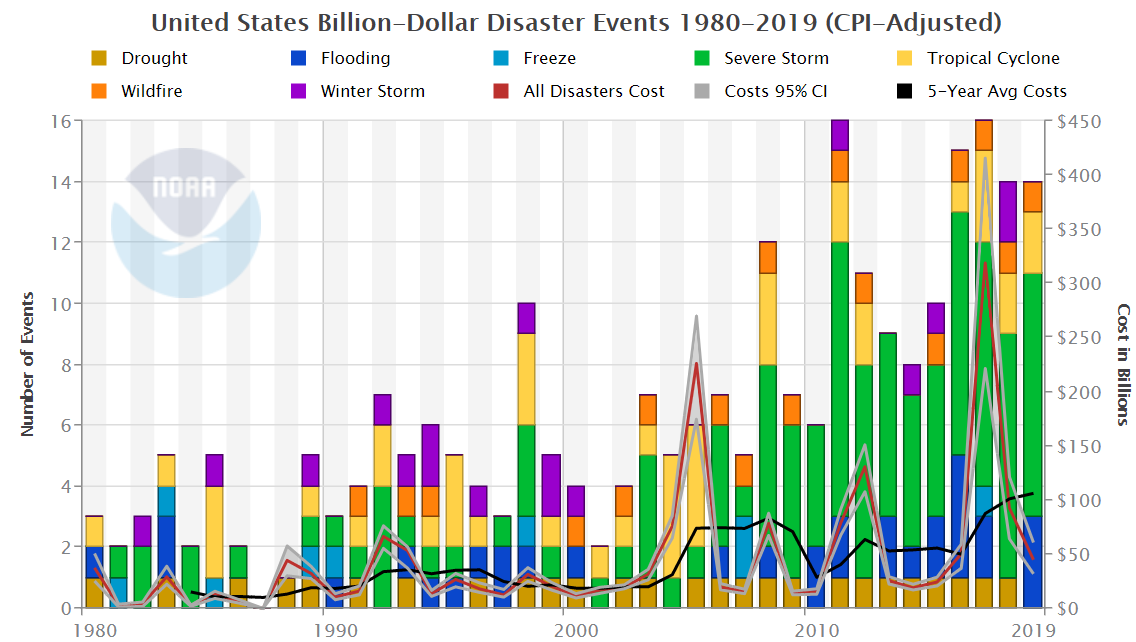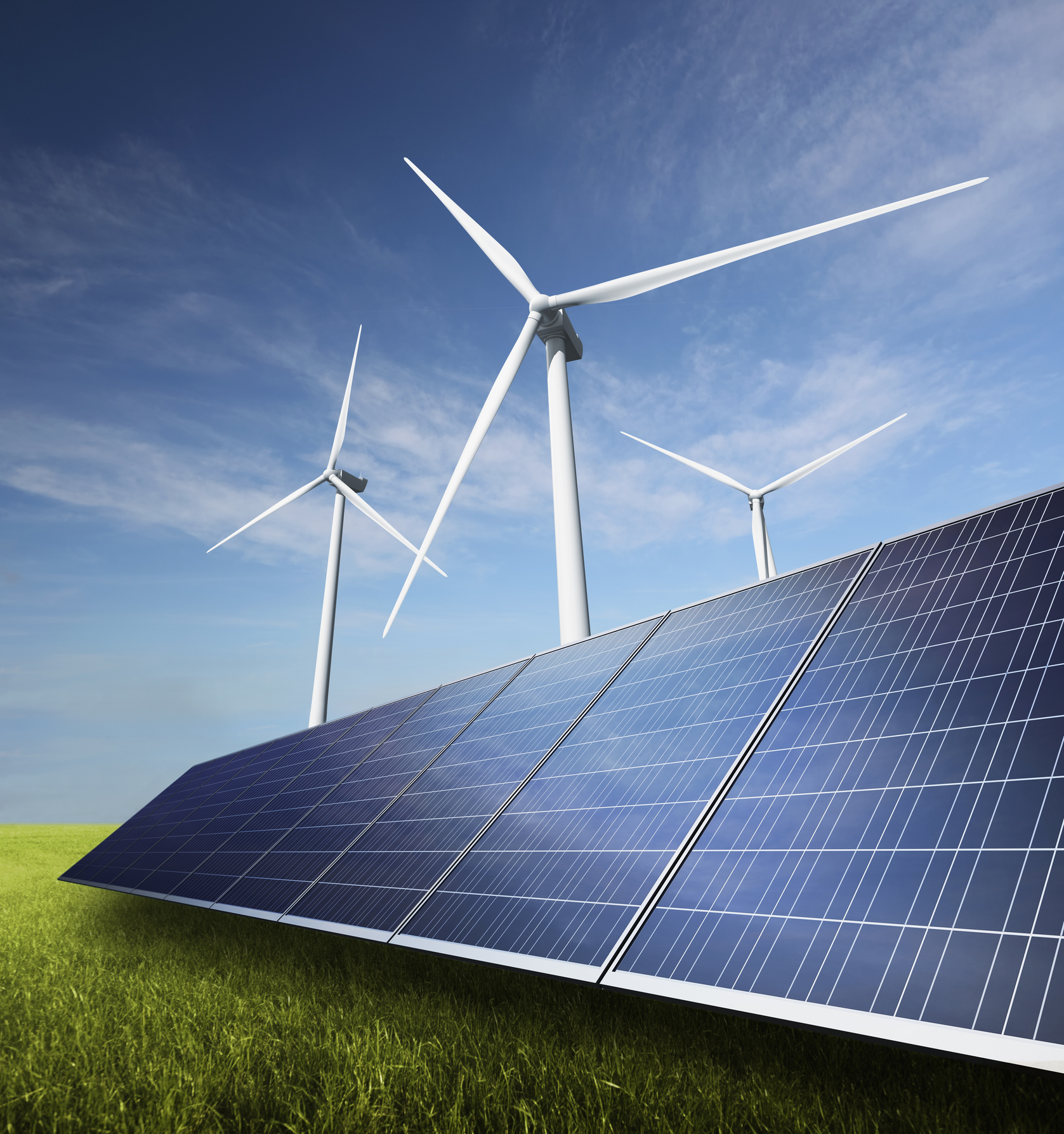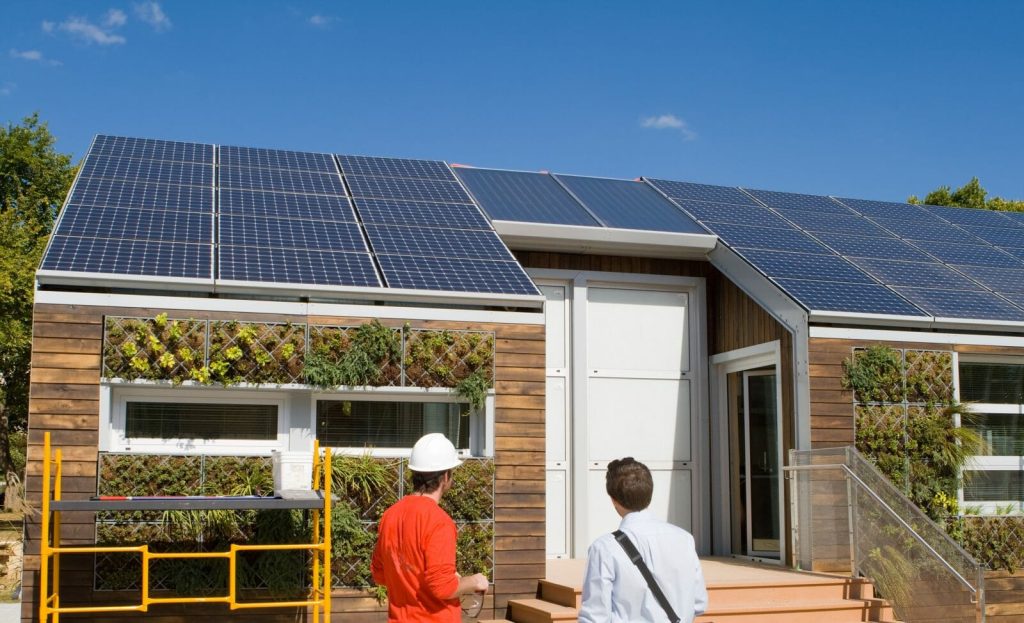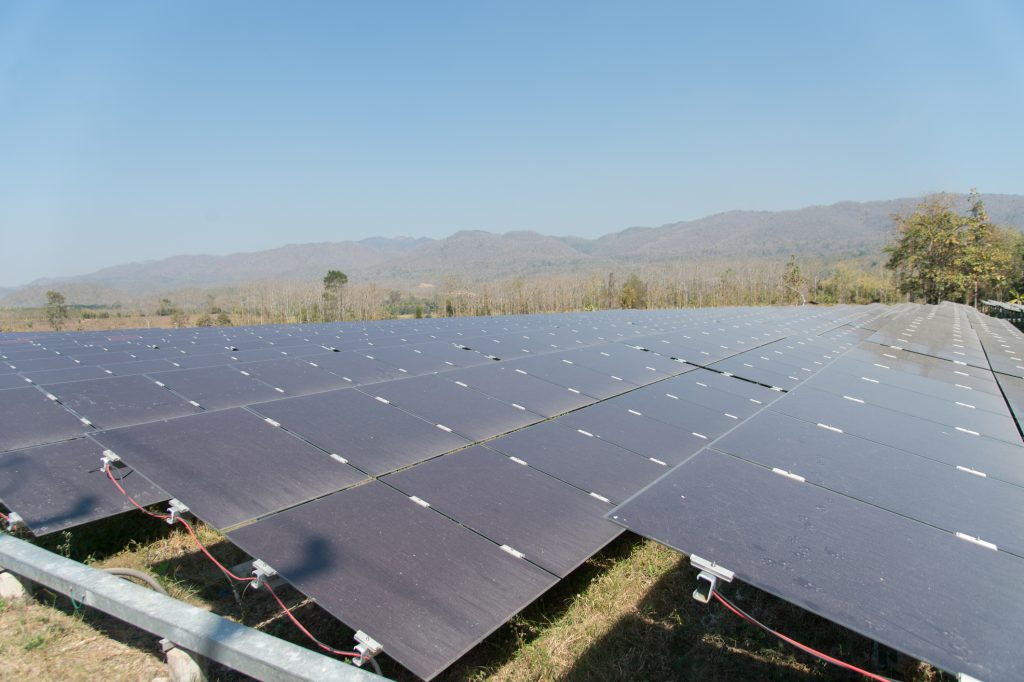As we enter a new decade, extreme weather and natural disasters continue to remind us of our vulnerability and urge us to act. Wildfires, hurricanes and flooding (among other challenges) are resulting in power shutoffs and disruptions with energy uncertainty in many regions. Managing this threat of outages is critical for those of us who rely on power for everything from our morning coffee to life-sustaining medical care.
Energy disruption of any kind can produce cascading consequences such as financial burdens for families and businesses, transit shut-down and limited emergency services. 2019 represented the fifth year in a row with 10 or more billion-dollar weather and climate disasters across the US. And scientists predict that the volume and effects of these events will grow exponentially unless we can greatly reduce greenhouse gas (GHG) emissions over the next ten years.
Related Services

Why Resiliency Matters for Us All
Climate risks are driving the energy industry to reorient towards distributed, resilient systems. The goal is preparedness and proactivity in the face of swift and severe climate affects—being able to withstand and quickly recover from system disruptions. Energy system resiliency is no longer seen as simply a perk, but a vital public service for many communities.
Individuals have come to rely on energy as a common or “quasi-public” good, meaning it is increasingly ubiquitous and important to modern needs. As a result, it is critical that power is available where and when we need it. Resilient systems allow communities to prepare for the worst and manage resources well every day towards long-term sustainable growth. Through resilient energy systems, communities can right-size, right-locate and optimize their energy capacity in-step with local needs.
Implementing resilient solutions for many means ensuring power supply to critical facilities, emergency response efforts and local authorities during power outages. In the wake of Superstorm Sandy, for instance, TRC began working with the Town of Huntington to design an islandable microgrid that will provide continuous power to the town hall, local hospital, senior center and water treatment plant, lessening the hardships the community might face during future events.
Resilient power is especially critical for vulnerable populations (often low-income households, people of color, immigrants, etc.) who are disproportionately impacted by climate-related natural disasters. We can work towards greater energy equity by ensuring underserved citizens have access to and can benefit from a broad network of resources.
Many resilient energy solutions are also low-carbon—helping communities both adapt to and mitigate climate impacts. As many states and jurisdictions seek to decarbonize, they are aligning resiliency efforts to achieve both goals.

The Basics of Distributed Energy Resources
Distributed energy resources (DERs) are the first step toward total renewable energy for individuals, companies and providers. These systems can provide improved performance at a fraction of the cost. Plus, they have the potential to reduce power outages and prevent carbon emissions.
DERs are similar to a microgrid but on a smaller scale. Individuals often control these sources, and the most popular examples include solar panels, electric cars and storage systems. DERs allow homeowners and community members to rely on personalized and effective energy sources.
TRC completed a successful DER project in Provincetown, Massachusetts, that improved community energy storage through a battery energy storage system (BESS). We created a utility-run system that maintains power and prepares residents for outages to support their grid reliability.
What Are Distributed Energy Resources (DER)?
Energy system resiliency has become a large part of local efforts to boost sustainability efforts. Distributed energy resources are components of a larger system that can change the distribution grid. These small-unit sources can form a robust and flexible grid for entire communities.
Examples of DERs include solar panels, natural gas generators and wind turbines. DER systems are controlled energy networks where users often combine several types of resources. DERs can also be a great way to control energy output and carbon footprint every day. Distributed energy resources optimize your power with a system that consumes energy where it’s produced.
DER resiliency is an effective way for communities to protect themselves and the planet in the future. The best way to implement these systems is alongside current utility power for a comprehensive approach. With communication between individual resources and local grids, we can create a robust energy system.
How to Harness Distributed Energy Resources
TRC’s knowledge of the utility industry and technology and integration experience helps utilities bridge the gap between current capabilities and future goals. For traditional utilities to respond to the increase in DERs, there must be complete integration. One of the main challenges with distributed energy resources is managing and planning for the energy output generated from DERs.
Utilities can adapt to and harness DERs with updated systems and reimagination of what their grid looks like. That is why we created a five-step path for utilities to integrate DERs into their framework. TRC can identify roadblocks or opportunities for grid modernization alongside distributed energy resources.
A big part of this process is how utilities communicate with individuals and communities about DERs’ integration in the system. Incorporating revised practices and new technology can be an effective way to improve local involvement.
Distributed Energy as a Key Pathway
Most power outages occur as the result of distribution system issues. This makes distributed energy resources (DERs) important to achieve more resilient systems—and supplement more traditional utility system upgrades and hardening underway in many regions. Resilient systems incorporate diverse DERs from distributed generation to energy storage, strategic electrification of building end uses and transportation, and energy efficiency and demand response, among others.
DER-based resiliency solutions are more financially viable than ever. DER systems are be becoming valued for their multi-faceted benefits, including better quality of life for citizens. Resilient systems ensure critical services are available and accessible to those in need, while offering regular operational savings, new market and revenue opportunities, and support for sustainability objectives.
There is no single ideal when it comes to resilient technology, applications, or systems integration. Communities are best served by addressing local needs and challenges. A southern California coastal city, Carlsbad is prone to wildfires, earthquakes and tsunamis and at risk of prolonged power outages. To preempt these challenges, TRC has worked with the City to design a flexible microgrid system that, if implemented, can support emergency operations and life-saving services for the community.
Others are exploring the use of virtual power plants (VPPs) to aggregate variable DERs as a predictable load management and back-up power tool. We are supporting an innovative VPP in Lancaster (funded by the California Energy Commission), which is exploring the benefits of DERs for load balancing, resiliency and safety, technology demonstration and wholesale market participation.
Public goods programs can support resiliency for individual homes or buildings as well, by promoting renewable energy and storage. For example, Sonoma Clean Power and Pacific Gas and Electric (PG&E) offer a joint program which helps northern California citizens rebuild homes lost in wildfires—with energy efficiency to reduce load, solar for generation and electric vehicle support to reduce GHG emissions.
Implementing Solutions Together
As climate impacts grow, so has the pressure to better serve citizens facing these risks. We live in a complex environment with no single authority responsible for resiliency and no one-size-fits-all solution. Each community is influenced by a patchwork of public and private entities, who can come together to design local solutions.
This process is part “science” and part “art.” The science relies on engineering principles, industry standards, and safety metrics that are critical to technical success. And the art is understanding the possibilities and bringing together multi-disciplined stakeholders and skills to make it real.
As distribution system owners, utilities are in varying stages of grid modernization efforts. They are influenced by state regulators and agencies and requirements for greater reliability, resource planning, and security. But progress is slow and limited in scope in many cases. In regions like California and New York that pose a higher climate risk due to population density and infrastructure, regulators are linking DERs and resiliency more directly through new policy, paving the way for more project implementation.
As an example, PG&E is seeking to build an unprecedented 20 microgrids in advance of California’s next wildfire season in 2020. This comes as a result of widespread power shutoffs and wildfires in 2019. Utility microgrids deployed at this scale and speed would be a new milestone for the industry, with big opportunities to learn and apply elsewhere.
State agencies are opening new funding streams for community led DER resiliency efforts. Connecticut, for instance, aggressively implemented new policies and programs to support local microgrids after Hurricane Sandy eight years ago. TRC has helped the state evaluate projects and determine which to fund—and with this role, had the pleasure of seeing projects rise across Connecticut cities and universities.
The Massachusetts Clean Energy Center launched a similar program, exploring community microgrids as part of its 10-year grid modernization plans. Military and historic sites like Hanscom Air Force base and Charlestown Navy Yard are great candidates and TRC is supporting both projects through early feasibility stages. As an active military base, the Hanscom microgrid in particular supports the base’s public service mission, including assisting civil authorities during natural disasters.
Local institutions are emerging as resilient energy leaders across the US—spurred in many cases by their responsibility for providing transportation, emergency services, water treatment and other areas of community well being. Public institutions of all types are pursuing energy resiliency, from cities to transit/port agencies, universities, municipal utilities, military bases and community choice energy providers.
In many cases, public-private partnerships are a crucial approach to implementation, often with local governments at the center who draw in utility, state grant and other stakeholder support. These partnerships join multiple perspectives to solve complex and interrelated challenges and share resources. Further, digital transformation in energy, public infrastructure, agencies, and consumer products open tremendous new opportunities for multi-stakeholder participation and benefits.
Illustrating an innovative partnership, the Redwood Coast Energy Authority and PG&E are co-creating California’s first multi-customer, front-of-the-meter microgrid in PG&E’s service territory in Humboldt County. The project will serve the Arcata-Eureka Airport and U.S. Coast Guard Air Station, among other critical facilities. This microgrid touches on a multitude of public service benefits from emergency response to energy and cost-savings, job creation and carbon reductions for the community.
Mark Coleman, Carmen Henrikson and Andrea Thompson contributed to this article.
A Focus on People
It can be easy to focus on the exciting technical innovation behind distributed, resilient systems—but we remember that the best engineered solutions are all in the service of people. As an industry, let us commit to the quality of life for our communities as much as we optimize the technical success of our energy systems.

Related Materials
Embrace The Shift
Partner With TRC’s Tested Practitioners



